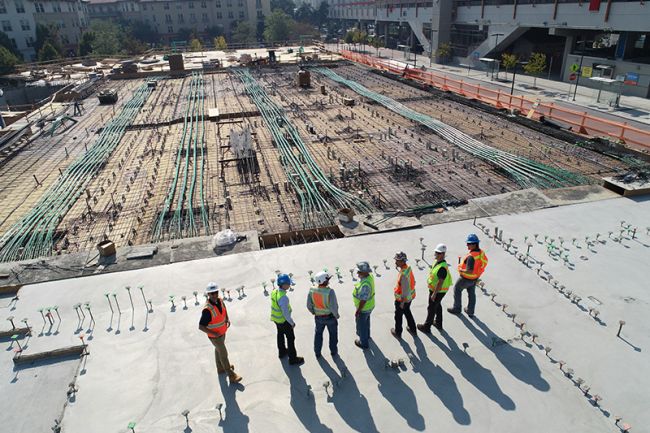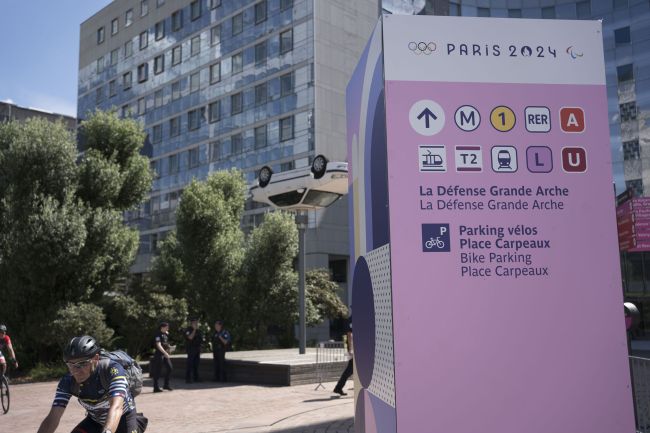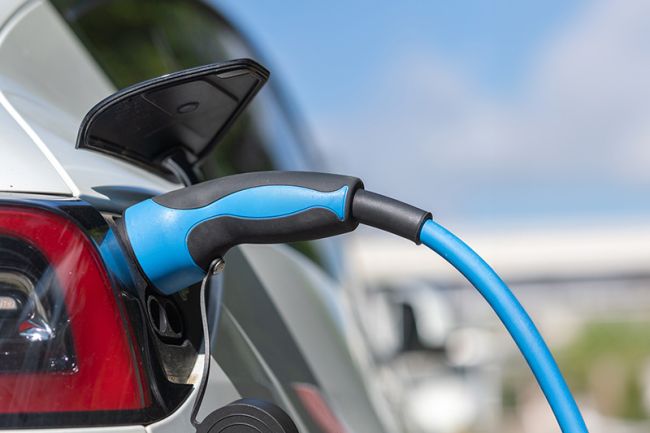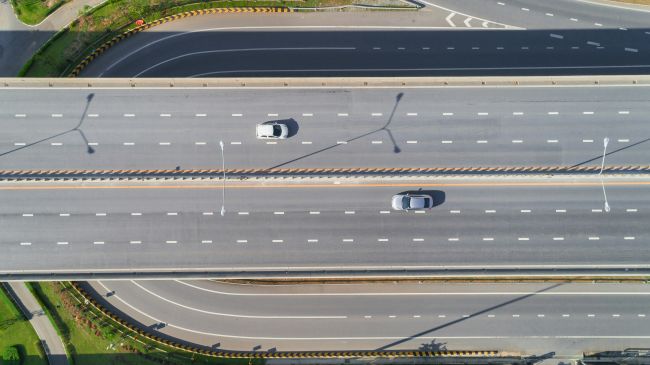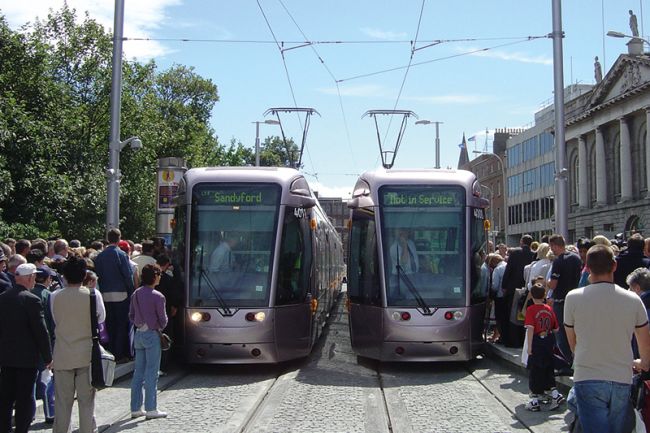Driving subtle change to electricity regulation
Electricity, with monopoly elements, has been a regulated industry since it was restructured and unbundled from the 1980s onwards.

Electricity, with monopoly elements, has been a regulated industry since it was restructured and unbundled from the 1980s onwards. The regulatory frameworks and market structures have evolved since then, which has helped the industry in most jurisdictions to decarbonise successfully. However, wider decarbonisation objectives, particularly for transport, will have an impact on the sector and raise new questions of its regulatory framework.
Electric Vehicles (EVs) are seen as a key element in the decarbonisation of transport. However, expected take-up of EVs could be hindered by consumers’ concerns around cost and the convenience of recharging. Governments face questions of regulatory approach and how the recharging infrastructure should be provided. For example, should investments be subsidised or provided by customers of electricity utility companies. This article identifies the type of infrastructure required to recharge EVs and considers how the regulatory approach might have to evolve to facilitate this investment.
In most countries, the infrastructure required to recharge EVs already exists in terms of an electricity system consisting of a complex network of interconnected generating plants and transmission and distribution wires owned by private and/or public entities. Nevertheless, widespread adoption of EVs will require investment in:
- Electricity generation – New capacity will be required to serve the additional electricity demand, particularly if EVs draw electricity from the system during peak periods, although this can be mitigated by encouraging charging at a time when existing capacity is underutilised.
- Distribution network upgrades – Additional connections, upgrades or reinforcement may be required to regional distribution systems. The extent of this will depend on existing capacity, the density of EV owners in a local region and the type of charging undertaken. Again, this can be mitigated by encouraging charging at times when the network is underutilised.
- Charging infrastructure – EVs can be connected to the network at a variety of locations using either slow, fast or ultra-fast chargers. EV users can also be categorised as residential (where charging is undertaken at the home, en-route or at destination) or commercial (e.g. fleets of EV vans or buses). For residential users, the home is expected to be the principal charging location, although public ultra-fast charging could be a necessary component to enable widespread adoption.
- Infrastructure to enable time-variable or “Time of Use” pricing – Key enablers for such pricing include smart meters that collect real-time electricity usage data, and the two-way digital communication infrastructure between the meter and the retail supplier, network operator and other authorised third parties.
The high-level regulatory framework will not be changed solely to accommodate EVs. However, to facilitate the investment required to drive the growth of EVs, authorities may need to consider their regulatory approach:
- Generation – New demand from EVs will trigger investment in new generation in the same manner as any other source of electricity demand. This suggests no change in regulatory approach.
- Distribution – Such infrastructure is characterised as a natural monopoly and is often price-regulated. The load imposed on the network by individual residential connections will be marginal, though collectively they could prompt the need for an upgrade. This implies the continued adoption of the regulatory principle that the costs related to such upgrades should be spread across the customer base and socialised. For commercial connections and upgrades, which individually can impose much greater loads, the principle that beneficiaries should pay for the costs for which they are directly responsible would apply, although the authorities may consider offering subsidies if this approach discourages EV take-up.
- Charging infrastructure – At home or vehicle depot, the principle that beneficiaries bear their direct costs would apply, and users would be expected to pay for their charging systems (although subsidies may be required to encourage take-up). Recovering the cost of public charging infrastructure is more complex. The infrastructure could be owned by (i) the government/local authority; (ii) the network; or (iii) private entities. Ownership or involvement in the business by the network may be problematic due to its monopoly position – regulatory intervention may be required to ensure non-discrimination between providers. Ownership by the public sector could disadvantage private entities if the former is subsidised by the taxpayer. As each approach may have a different impact on the growth of EVs, it may be prudent to keep regulatory intervention to a minimum to allow infrastructure solutions to develop.
- Smart meters/communications infrastructure – Many countries are already rolling out smart meters and related infrastructure for reasons unrelated to EVs. However, additional technology which enables communication between the charging equipment and the meter may be required to enable EV-specific pricing and to facilitate possible future vehicle-to-grid systems. Key questions are whether all EV owners should be required to have this technology, and who should bear its cost. Again, given that this technology is at its formative stage, it may be prudent to keep regulatory intervention to a minimum.





